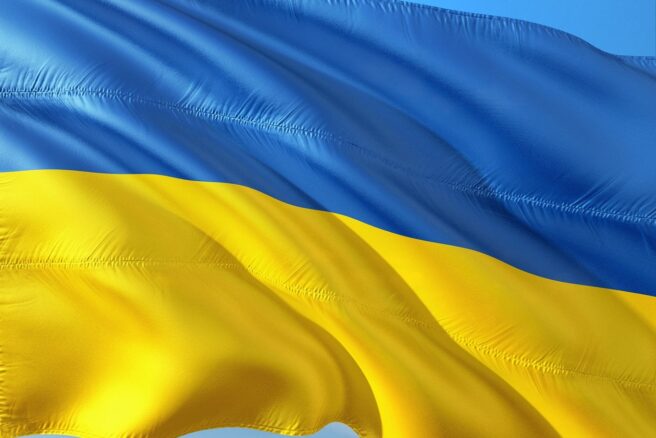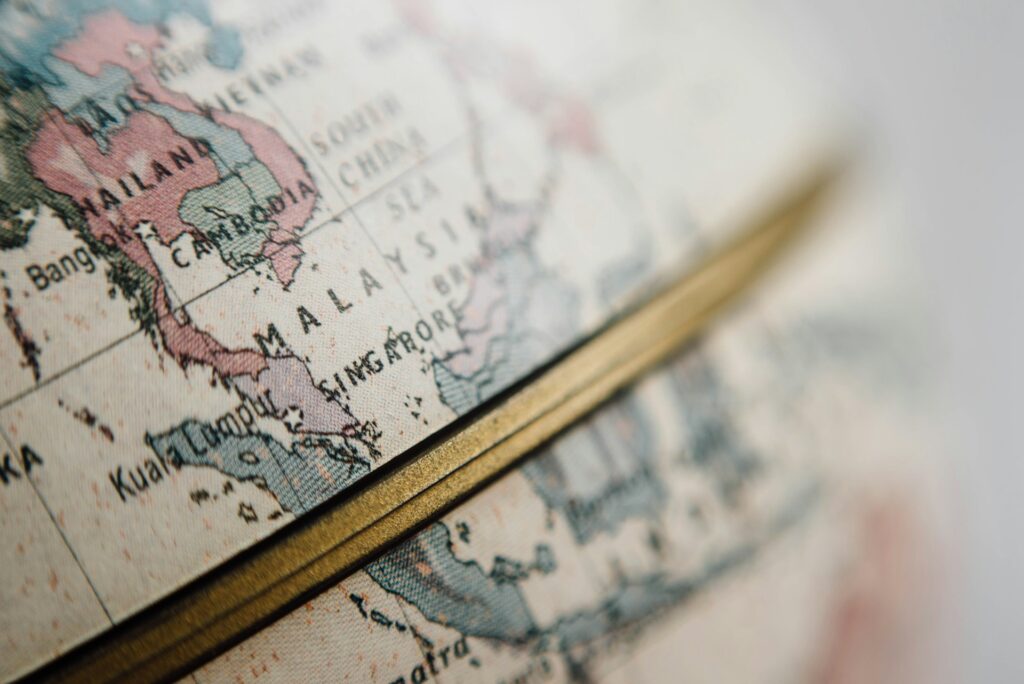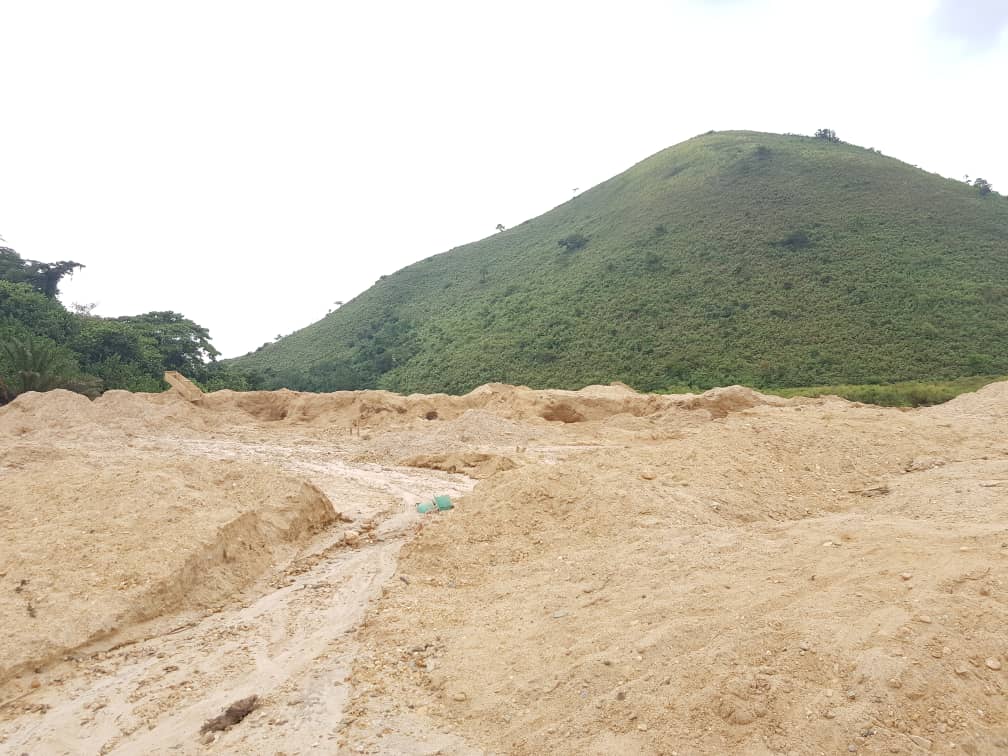With President Yanukovych apparently out of the picture, attention has once again turned to the regional divisions in Ukraine.
While the western provinces and Kiev appear to be solidly behind the Maidan movement with closer ties with the EU, there is still strong support for a pro-Russian orientation in the East of the country and especially Crimea. There is a geographical divide in Ukraine, going back at least to 1945 when the western lands largely populated by Ukrainians but previously ruled by Poland and Romania were transferred to the Soviet Union. Crimea was part of the Russian republic inside the Soviet Union up until 1954, when it was transferred to the Ukrainian Soviet Socialist Republic. Thus these three parts of Ukraine had very different experiences of the inter-War years, with different beliefs and values as a result, Jeremy Smith writes.
But there is more to it than this, not only because the outrageous behavior of Yanukovych in office succeeded in alienating many of those who had previously voted for him as President, in East as well as West Ukraine. Ukraine has always had the appearance of a highly polarized region, not just on geographical lines, since the seventeenth century when Ukrainian peasants, their Polish landowners, and independent Cossacks frequently engaged in violence with and against each other, while in later centuries Jews were on occasion subjected to outrageous atrocities. During the Russian Civil War of 1918–1920 communist Reds, tsarist Whites, peasant armies, Cossacks, anarchists, nationalists, and foreign forces all fought for control. The capital city of Kiev was occupied by no fewer than seven different armies in the course of just two and a half years. Again, during the German occupation of World War II, some partisan units fought against both the Nazis and the Red Army, while others fought alongside the Soviets. Many Ukrainians joined forces with the Germans, while a smaller number colluded in carrying out the Holocaust and other atrocities. Social, ethnic, and religious differences played important parts in each of these conflicts, as they have in the upheavals of 2004 and 2014. But there are also political differences, competing beliefs about the best future for the country, and sharp differences of opinion over a whole range of policies.
Such differences are a hallmark of democracy, and are a feature of almost any country in the world today, as are social divisions and ethnic and religious plurality. But in Ukraine for at least the last one hundred years, these differences have had a tendency to erupt into violence. One reason is Ukraine’s geographical position: since Ukraine is located between Russia and the EU (or earlier Central Europe), choices about one political direction or another are frequently presented as a stark choice between East and West. At the beginning of February, one of the likely new presidential candidates Vitaly Klitschko claimed that ‘The Ukrainian people have shown that they are able to defend their European dream […] Ukrainians come to the streets to protest with European banners because they fear European values will die in their country’. Presenting Ukraine’s future as resting on a choice between one system of values or another can only polarise politics.
There is already much speculation as to who will emerge as the new President of Ukraine following elections scheduled for May, as if this choice will determine Ukraine’s fate one way or another. The idea of an elected President, even a symbolic one, is that he or she will act as a figurehead who unites and represents the entire country. But this can also work the other way: in a polarised country, an elected President means that there are winners and losers. If the President has significant power and is ready to exercise it irresponsibly, there are winners and losers not only in psychological, but in real material and cultural terms. It has already been agreed, however, that the new President’s powers will be limited. Even more interestingly, some Ukrainian opposition leaders have been suggesting that the office of President be abolished altogether, and that Ukraine should be ruled as a purely parliamentary republic.
It might be instructive to think about another country with a clear geographical divide, this time a north-south one: Italy. Italy does have a President, but he or she is elected by Parliament, not by the population, and so is clearly less significant than Parliament. As well as its geographic divide, Italy also has a long history of radical politics, from fascists to communists, competing against more moderate parties. Italy’s fractured politics has made it almost a joke in terms of the depressing regularity with which coalition governments have come and gone, and these divisions have also allowed bribery and nepotism to flourish. While the Berlusconi years provided more political stability, they also saw corruption and scandal reach new levels, and now we have returned to a politically unstable system. Unstable it may be but, by and large, Italy works. And surely a country where divisions are mostly restricted to the Parliament, regional governments, and the courts, is preferable to one which regularly erupts into violence?
Getting the population of Ukraine, or even a majority of it, to agree on anything might not be possible. Ukrainian politicians would be advised to stop presenting their country with stark choices, and a joint EU-Russian (if that is still possible) programme to alleviate Ukraine’s financial and economic crisis rather than the international community seeing Ukraine as the ultimate prize in some geostrategic global game would certainly help. A chaotic parliamentary system would seem to suit Ukraine down to the ground.
Article image: jorono / Pixabay




